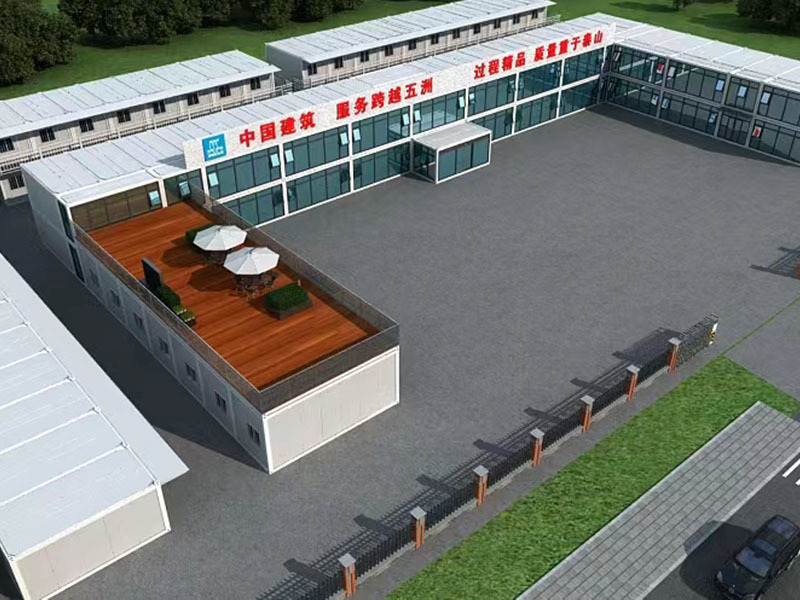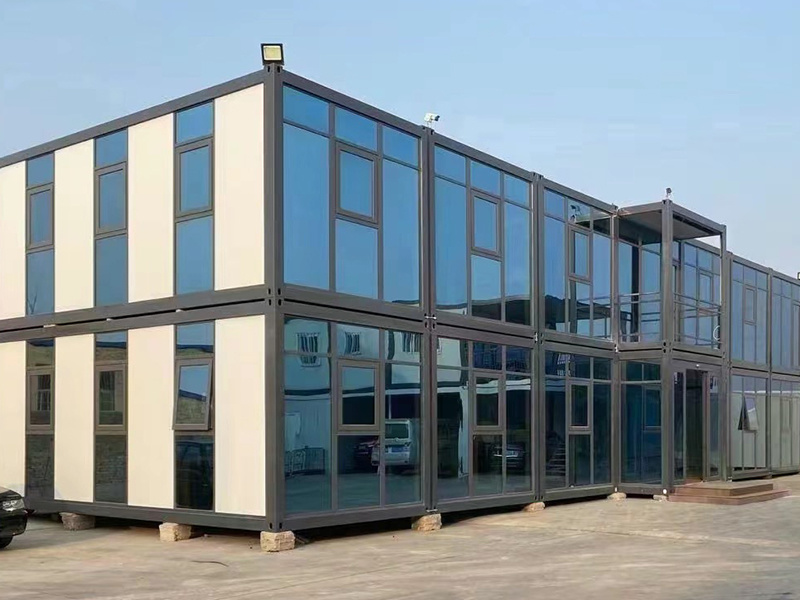Exploring the Advantages of Metal Structure Buildings in Modern Construction
Release Time:
May 20,2025
Metal structure buildings are becoming increasingly popular in the construction industry due to their numerous advantages over traditional building methods. These structures, primarily composed of steel and other metals, provide a range of benefits that cater to diverse applications, from commercial warehouses to residential homes. One of the most significant advantages of metal structure building
Metal structure buildings are becoming increasingly popular in the construction industry due to their numerous advantages over traditional building methods. These structures, primarily composed of steel and other metals, provide a range of benefits that cater to diverse applications, from commercial warehouses to residential homes.
One of the most significant advantages of metal structure buildings is their durability. Unlike wood, which can be susceptible to decay, pests, and warping, metal structures are designed to withstand harsh environmental conditions. They are resistant to fire, mold, and insects, ensuring a longer lifespan with minimal maintenance. This durability not only enhances the structural integrity but also offers peace of mind to builders and occupants alike.
In addition to durability, metal structure buildings are highly customizable. With advancements in technology, architects and engineers can design intricate metal frameworks that cater to specific aesthetic and functional requirements. This flexibility enables the creation of unique designs that can adapt to various uses, whether it's for an industrial facility, a retail space, or a residential property. The ability to incorporate large open spaces without the need for numerous support columns also allows for versatile interior layouts.
Sustainability is another critical factor driving the adoption of metal structure buildings. Steel is one of the most recycled materials in the world, and using it in construction significantly reduces the overall environmental impact. Metal buildings can be designed for energy efficiency, incorporating insulation and energy-efficient systems that lower operational costs and minimize energy consumption. This commitment to sustainability meets the growing demand for eco-friendly construction practices.
Furthermore, the construction speed of metal structure buildings is a significant benefit. The prefabrication of metal components allows for quicker assembly on-site, reducing labor costs and project timelines. This efficiency is particularly advantageous for businesses that require rapid expansion or need facilities ready for immediate use.
Safety is also enhanced in metal structure buildings. The inherent strength of metal provides a robust framework that can withstand extreme weather events, such as hurricanes or earthquakes, making it a safer choice in areas prone to natural disasters. This resilience not only protects the occupants but also safeguards the investment made in the property.
In conclusion, metal structure buildings offer a host of benefits that make them an attractive option in the construction industry. Their durability, design flexibility, sustainability, rapid construction, and safety contribute to their growing popularity. As the demand for efficient and resilient building solutions continues to rise, metal structures are poised to play a crucial role in shaping the future of construction. Understanding these advantages can help professionals make informed decisions when considering building materials for their next project.
One of the most significant advantages of metal structure buildings is their durability. Unlike wood, which can be susceptible to decay, pests, and warping, metal structures are designed to withstand harsh environmental conditions. They are resistant to fire, mold, and insects, ensuring a longer lifespan with minimal maintenance. This durability not only enhances the structural integrity but also offers peace of mind to builders and occupants alike.
In addition to durability, metal structure buildings are highly customizable. With advancements in technology, architects and engineers can design intricate metal frameworks that cater to specific aesthetic and functional requirements. This flexibility enables the creation of unique designs that can adapt to various uses, whether it's for an industrial facility, a retail space, or a residential property. The ability to incorporate large open spaces without the need for numerous support columns also allows for versatile interior layouts.
Sustainability is another critical factor driving the adoption of metal structure buildings. Steel is one of the most recycled materials in the world, and using it in construction significantly reduces the overall environmental impact. Metal buildings can be designed for energy efficiency, incorporating insulation and energy-efficient systems that lower operational costs and minimize energy consumption. This commitment to sustainability meets the growing demand for eco-friendly construction practices.
Furthermore, the construction speed of metal structure buildings is a significant benefit. The prefabrication of metal components allows for quicker assembly on-site, reducing labor costs and project timelines. This efficiency is particularly advantageous for businesses that require rapid expansion or need facilities ready for immediate use.
Safety is also enhanced in metal structure buildings. The inherent strength of metal provides a robust framework that can withstand extreme weather events, such as hurricanes or earthquakes, making it a safer choice in areas prone to natural disasters. This resilience not only protects the occupants but also safeguards the investment made in the property.
In conclusion, metal structure buildings offer a host of benefits that make them an attractive option in the construction industry. Their durability, design flexibility, sustainability, rapid construction, and safety contribute to their growing popularity. As the demand for efficient and resilient building solutions continues to rise, metal structures are poised to play a crucial role in shaping the future of construction. Understanding these advantages can help professionals make informed decisions when considering building materials for their next project.
Key words:
What Else Might You Learn?










